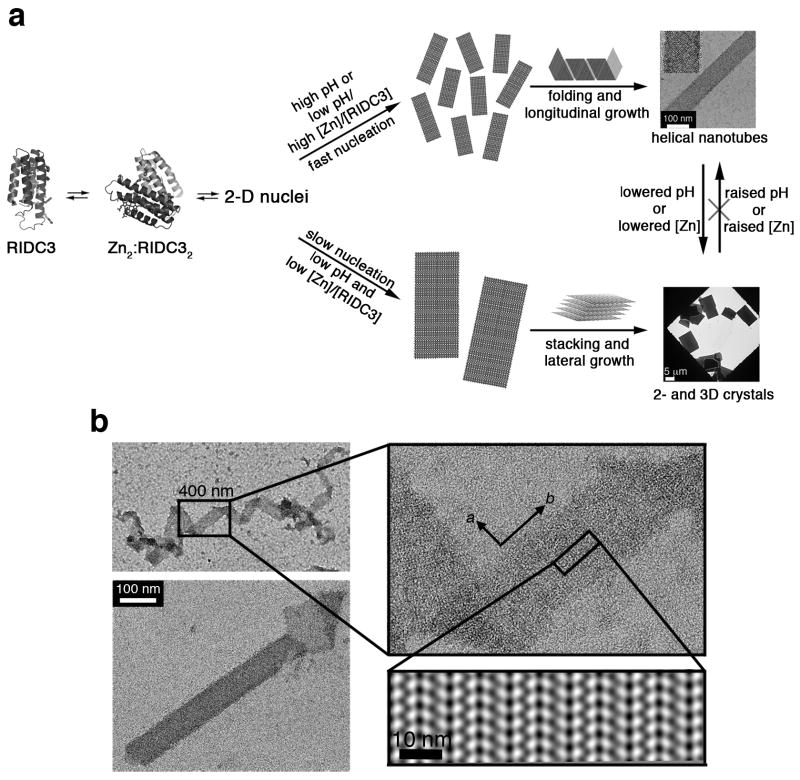Figure 3. Model for RIDC3 self-assembly.
a, Hypothetical model for Zn-mediated RIDC3 self-assembly under fast and slow nucleation conditions. Fast nucleation/growth conditions (high pH or high [Zn]:[RIDC3] ratio) promote the formation of many 2D nuclei, which “roll up” into helical nanotubes. Under slow nucleation conditions (low pH and low [Zn]:[RIDC3]), a smaller number of large 2D nuclei form, which can stack up in the third dimension due to the lack of repulsive interactions near the isoelectric point (pI = 5.3) of RIDC3. b, TEM images of a 2D RIDC3 ribbon and a tubular structure with frayed ends, illustrating the interconversion between tubular and sheet-like morphologies. Shown in the right bottom corner is the 2D image reconstruction of a single-layered portion of the ribbon, indicating the molecular arrangement of RIDC3 molecules.

